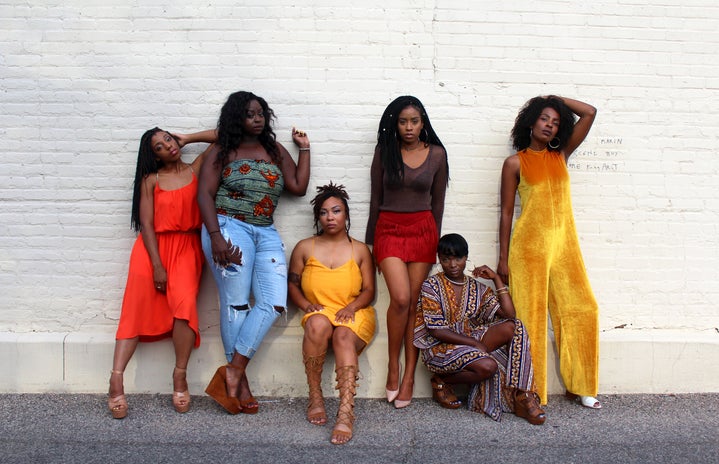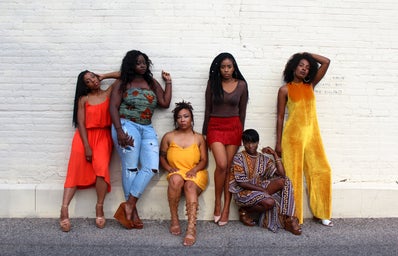Her Campus recently live-streamed Ashley Graham’s interview with the New York Times, where she discussed beauty, entrepreneurship, empowerment and other prominent topics that have cropped up throughout her career.
Ashley, an American plus-size model and body positivity advocate, spoke at length about her experiences in the beauty industry both as a model and an entrepreneur herself. Well-spoken, she gave a lot of sound advice and interesting anecdotes, but one of the things that unexpectedly struck me was when she mentioned that she’s a size 14. I was kind of shocked to hear that; I never would have thought that size 14 would be considered “plus-size.”
As I looked into sizing in the fashion industry, I learned that the phrase “plus-size” means very different things for models as opposed to the average consumer. The fashion industry in general considers plus-size models to be around a size 8 and up. And yet, according to a 2016 study conducted by the International Journal of Fashion Design, Technology and Education, the average American woman’s clothing size is between 16 and 18 (up from 14, which was previously considered the average size).
Given that the definition of plus-size clothing is literally “clothing proportioned specifically for people whose bodies are larger than the average person’s,” it feels kind of absurd to refer to the size 10–which would generally be considered a standard and apparently even below-average size–as plus-size.
Even though many brands have recently begun to take the first steps toward increasing their diversity in terms of size ranges, most female models are still as small as a size 0 or 2. This is, obviously, incredibly unrealistic when compared to the rest of the population. And it makes the true meaning of the phrase “plus-size” all the more convoluted.
Healthiness and happiness depend on much more than weight on any part of the size spectrum, but the unfortunate truth is that the media and the fashion industry still overwhelmingly tell women that “skinner is better.” This is a huge problem in itself, and one consequence of it is that when we put out this idea that being a size 10 or 12 makes you far above the average size, that can really damage the way women in our society–especially young girls–view their appearances.
This mislabeling of sizes goes to show just how delusional the world is about women’s bodies. The fashion industry has pretty much no grasp on the actual average sizes of American women, which often leads to many problems in marketing, the availability of different size ranges and the self esteems of consumers who think they need to lose weight when they’re actually totally healthy the way they are.
So why are we applauding brands for hiring models who wear a size 8, especially when they think the size 8 is a lot larger than it actually is? Sure, it’s a big step for an industry that thinks most women are a size 2 or 4, but in the grand scheme of things that step is doing the bare minimum. Hiring mostly size 2 models with a size 8 or 10 thrown in the mix is just not enough, and calling them plus-size is a far cry from reality.
We need more models who are actually plus-size, not just what the industry claims is plus-size. And we really, really need to do better in terms of teaching the world what women actually look like, as opposed to the image of women that the world sells to us.


